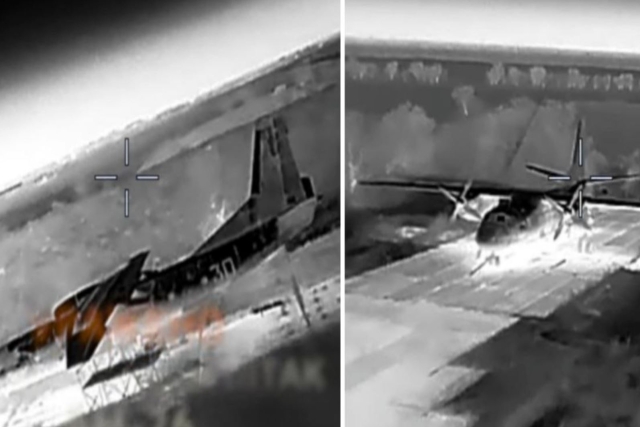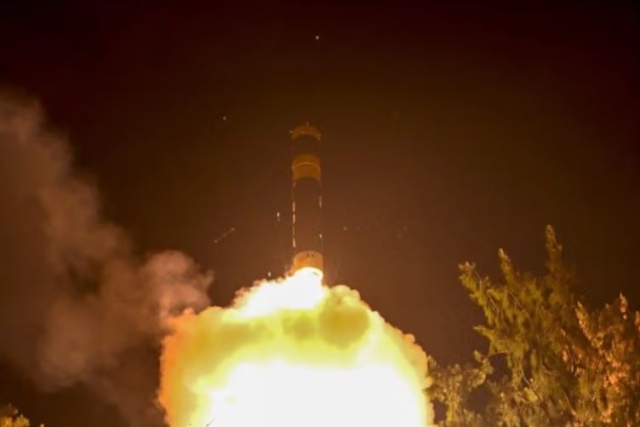A Joint Arab Force To Enforce Libya No-Fly-Zone
The United Nations Security Council and Western powers are debating the feasibility and benefits of enforcing a no-fly zone over Libya to halt air raids by the regime of Moammar Gadhafi on rebel forces and unarmed demonstrators who launched on February 17 a revolution to overthrow the four-decade-long Ghadafi dictatorship. The rebels' onslaught on Gadhafi was halted and sometimes pushed back by the Libyan Air Force, or what is left of it. Many countries around the world have called for establishing a no-fly zone (NFZ) to protect the Libyan rebels and civilians. Many Arab countries have called for an NFZ over Libya, and so did the National Transition Council formed by the Libyan rebels to run the country's affairs until a new government replaces Gadhafi's. However, the United States and European countries have suggested a NATO-led force to enforce the no-fly zone. According to Riad Kahwaji, CEO of the Lebanon based Institute for Near East & Gulf Military Analysis some Arab defense experts believe it is time for the Arab States to come to the aid of the Libyans. Retired Major General Khaled Al-Bu Ainnain, former commander of the United Arab Emirates Air Force and Air Defense, believes that some GCC states and Egypt can mount a joint operation and successfully enforce an NFZ over Libya. "The UAE Air Force can deploy couple of squadrons – one F-16 Block 60 and another Mirage 2000-9 – the Saudi Air Force can deploy a couple of F-15S squadrons and Egypt a couple of F-16 squadrons out of Mersi Matrouh Air Base in western Egypt," Al-Bu Ainnain said. "This would provide 120 fighters and attack aircrafts that would be backed with airborne early warning planes like Egyptian E-2C Hawkeye or Saudi AWACS, some unmanned aerial vehicles (UAV) for reconnaissance, and air-refueling tankers from Saudi Arabia and couple of Egyptian or UAE helicopter squadrons composed of Apache Longbow gunships, Blackhawks and Chinook helicopters, for search and rescue missions." Crews and troops needed for the operation could be quickly airlifted to western Egypt, and even Algeria, within hours using a large fleet of UAE and Egyptian C-130 and Qatari C-17 transporters. Observers believe the area of operations for any force executing an NFZ over Libya now would be confined to the area between the capital Tripoli and the City of Cert and down south to Sebha in the center. The rest of the country is under rebel control. The Libyan Air Force is comprised of aging fighters like Su-22, MiG-21 and MiG-23 and one remaining operational Mirage F-1 and some 30 MiMi-24 Helicopter gunships. "All of the Libyan Air Defense SAM's and radars can be taken out swiftly by the arsenal of smart weapons and cruise missiles in possession today by GCC and Egyptian Air Forces," Al-Bu Ainnain said. Many analysts believe Libyan rebels and the Arab street would be more welcoming of a joint Arab force enforcing NFZ than a Western one.










